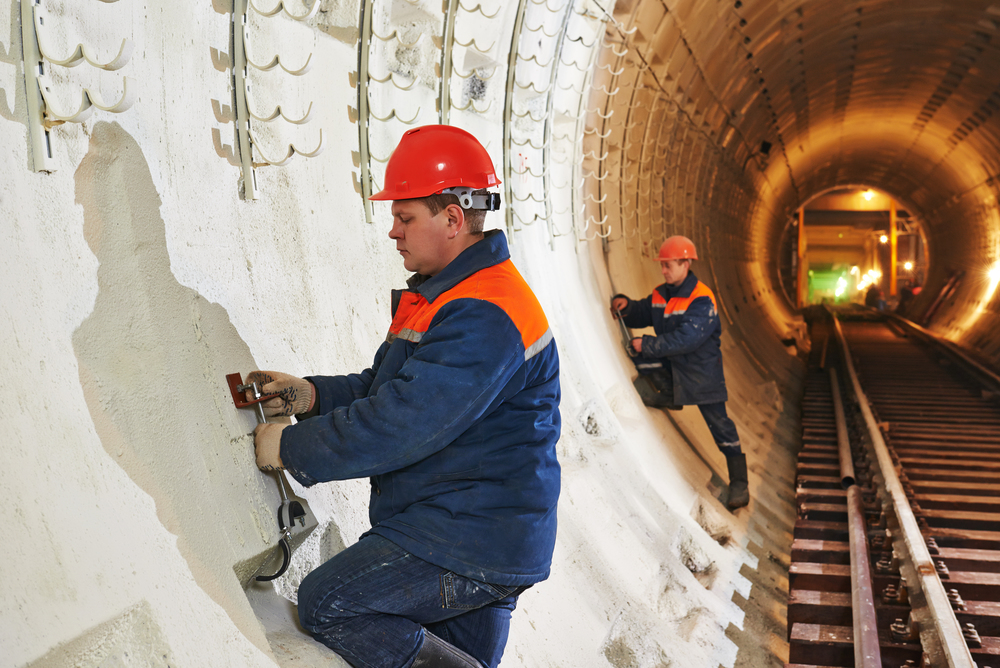
A new study by the National University of Science and Technology MISIS has identified the key factors contributing to the disintegration of underground structures, like metros.
The findings, published in the ’IOP conference series: Materials Science and Engineering’ journal, would help cut metro construction and maintenance costs, as well as develop more durable lining for the planned underground facilities.
Defects of underground facilities’ load-bearing structures can account for 25 to 100 per cent of construction cost.
The quality of their construction, service life and capital expenses depend on the type of lining and specific methods used for its installation, Professor Yelena Kulikova stated.
“The discovery of a mechanism influencing the formation of defects inside the internal lining makes it possible to chart measures for preventing their formation and to reduce underground structures’ maintenance and construction costs,” said Kulikova.
Findings reveal that water filtration contributes to most of the defects inside the underground facilities’ structure.
“Speaking of deep tunnels, water filtration is usually observed in their side sections. As far as shallow tunnels are concerned, water filtration is visible inside their gutters and near the ceilings. Filtration is centred near the insulation and concrete- section joints,” she explained.
Key factors contributing to the disintegration of tunnels include the water-abrasive wear and tear of tunnel gutters, the leaching of free lime from concrete under the influence of external ground waters, as well as gas and chemical corrosion caused by aggressive liquids flowing through the tunnels.
These combined and separate factors cause the lining to decay or even put the tunnel out of use for a long time.
It is necessary to focus on the choice of structural and water-insulation materials, as well as production processes and technologies for installing water-proof joints and seams between concrete-coated sections while designing and installing load-bearing structures of underground facilities.


